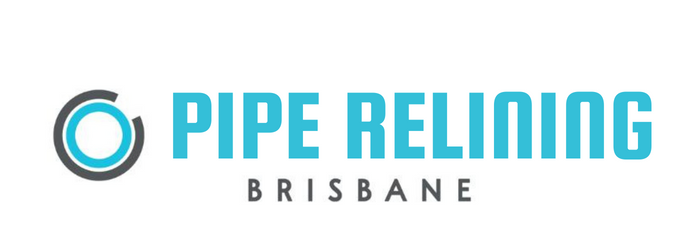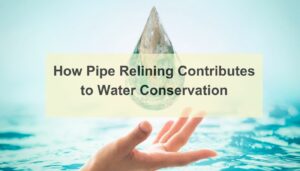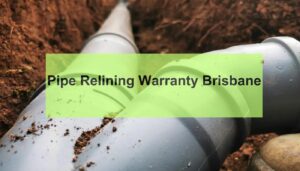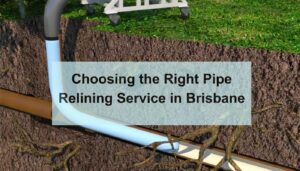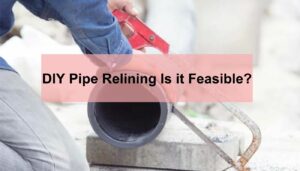There’s a stormwater pipe near your house that you may not know about. This pipe is essential because it helps divert stormwater from your property and directs it to the nearest storm drain.
This blog post will take a closer look at stormwater pipes and learn more about what they do and how they work. We will also discuss some of the benefits of pipe relining and how it can help improve the function of your stormwater pipe!
What Do Stormwater Pipes Do?
Stormwater pipes are designed to help direct stormwater away from commercial and residential properties and into the storm drain. They are usually located near the perimeter of your property, and they may run along the street or sidewalk.
Stormwater can contain a variety of harmful pollutants, so it’s important to keep it away from your home or business. By directing stormwater into the storm drain, you can help protect your property from damage and keep harmful pollutants out of our waterways.
Storm water pipes are typically made of concrete, metal, galvanized steel, or PVC pipes. They are designed to be durable and can withstand a lot of wear and tear.
The pipe barrel must have a high flow capacity to guarantee that the water flow is adequate in order for the underground pipe to function correctly.
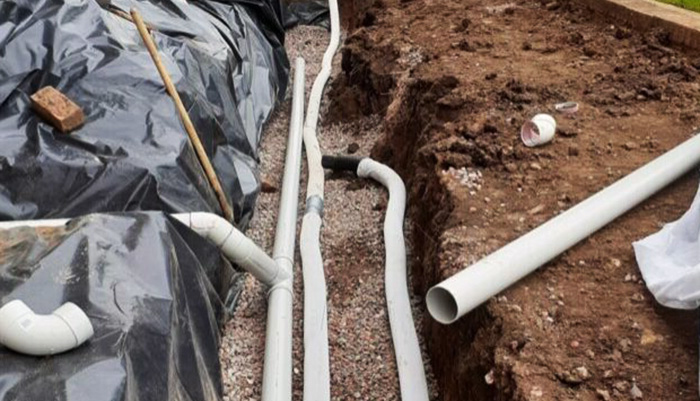
How Do Stormwater Pipes Work?
Stormwater pipes are designed to help manage water flow during storms or other emergencies. They work by diverting stormwater away from your property and into the storm drain.
When it rains, stormwater will flow into the pipe and be directed away from your home or business. The pipes are typically sloped so that stormwater will flow downhill and towards the storm drain.
The storm drain is then responsible for carrying the stormwater away from your property and into a larger drainage system. They play a vital role in protecting your property from stormwater damage.
Stormwater Pipe Fittings
Storm water pipes typically have a variety of fittings that help to connect the pipe to the storm drain.
PVC piping is the preferred type of stormwater pipe for residential and commercial stormwater applications. PVC stormwater pipe has the advantage of being light weight and easy to install.
A complete range of PVC stormwater pipe fittings are used in PVC stormwater pipe systems.
PVC stormwater fittings include:
- Elbows: Elbows are used to change the direction of the stormwater pipe. They are typically installed at corners or bends in the pipe.
- Tees: Tees are used to connect two stormwater pipes together. They are typically installed where the stormwater pipe meets the storm drain.
- Crosses: Crosses are used to connect four stormwater pipes together. They are typically installed at intersections or junctions in the pipe.
- Couplings: Couplings are used to connect two stormwater pipes together. They are typically installed where the stormwater pipe meets the storm drain.
The Challenges of Maintaining the Storm water Pipe System
Because storm water pipes are typically buried underground, this can make them difficult to access for maintenance. If there is a problem with the stormwater pipe installation, it can be challenging to locate and fix the issue.
Common problems with stormwater pipes include:
- Blockages: Blockages can occur when leaves, twigs, or other debris get caught in the pipe. This can cause the pipe to become clogged and may eventually lead to flooding.
- Cracks: Cracks can occur in pipes due to age, wear and tear, or ground movement. Cracks can allow storm water to leak out of the pipe and may eventually cause the pipe to fail.
- Corrosion: Corrosion can occur in the pipes due to exposure to chemicals or salt water. Corrosion can weaken it and may eventually cause it to fail.
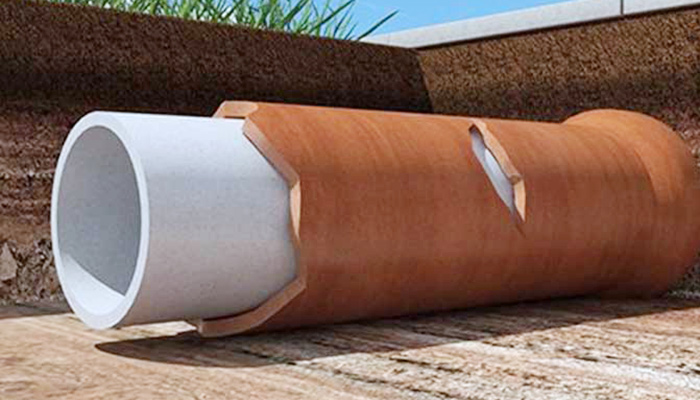
Pipe Relining: The Solution to Your Stormwater Pipe Problems
Pipe relining is a trenchless pipe repair technology that can be used to repair stormwater pipes. Pipe relining does not require excavation, so it is less disruptive than traditional pipe repair methods.
Pipe relining can be used to repair stormwater pipes that are blocked, cracked, corroded, or otherwise damaged. It is a cost-effective and efficient way to repair stormwater pipes without having to excavate your property.
What Are the Benefits of Pipe Relining?
The PVC stormwater fittings are connected to the stormwater pipe using solvent cement. The solvent cement creates a watertight seal that prevents stormwater from leaking out of the pipe.
Pipe relining is a process that can repair stormwater pipes. Pipe relining involves inserting a lining into the existing concrete, metal, or PVC pipe. The lining is inflated and injected with epoxy resin and left to cure. This results in a new pipe within the existing stormwater pipe.
Less disruptive
Pipe relining is less disruptive than traditional pipe repair methods because it does not require excavation. This means that you will not have to deal with the mess and disruption that comes with excavating your property.
Cost-effective
Pipe relining is a cost-effective pipe repair solution because it does not require excavation. Excavation can be expensive, so avoiding it can save you a lot of money.
Less time-consuming
Pipe relining is less time-consuming than traditional pipe repair methods. This means that you will not have to wait for the excavation to be completed before the repairs can begin.
More durable
Once the lining has cured, the new pipe is strong and resistant to corrosion, abrasion, and chemicals. This means that it will last longer than traditional pipe repair methods.
The Australian standards
The pipe lining technique is approved in Australia, ensuring that the relining procedure is safe and efficient. It can even be used safely with drinking water pipe systems.
Closing on A Look at the Stormwater Pipe: What It Does and How It Works
The stormwater pipe is an important part of the stormwater system. It is responsible for carrying stormwater from the storm drain to the treatment plant. Stormwater pipes are typically made of concrete, metal, or PVC.
Pipe relining is a trenchless pipe repair technology that can be used to repair stormwater pipes. Pipe relining does not require excavation, so it is less disruptive than traditional pipe repair methods. It’s also more cost-effective and less time-consuming. Plus, the new pipe is more durable than traditional pipe repair methods.
If you have stormwater pipe problems, contact a qualified pipe relining contractor to get started on your stormwater pipe repair project!
